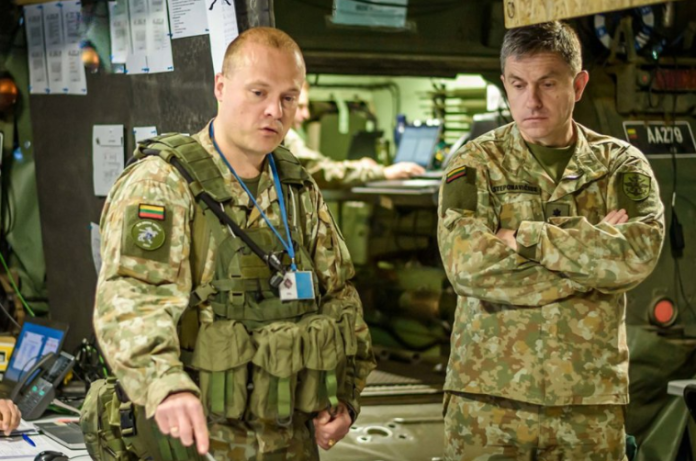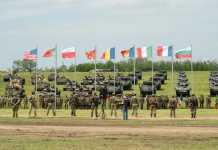Audio Brief
A short, spoken-word summary from CSIS’s Mark Cancian on his report with Sean Monaghan, Repel, Don’t Expel: Strengthening NATO’s Defense and Deterrence in the Baltic States.
Russia’s invasion of Ukraine radically changed the North Atlantic Treaty Organization’s (NATO) security environment. The renewed sense of threat is felt acutely by the three Baltic members―Lithuania, Latvia, and Estonia―which have long been vulnerable to Russian aggression. The CSIS International Security Program recently assessed defense and deterrence in the Baltic region. The project concluded that the Baltic states are in a particularly dangerous situation and, despite having taken extraordinary measures for their security, need help from the entire NATO alliance. NATO commitments made last year at the Madrid summit and NATO’s new strategic concept have set the alliance on the right course for dealing with the new security environment. For example, the four NATO battlegroups in the Baltic states and Poland (currently 1000-1500 personnel) will expand to brigade size (4000-5000 personnel). However, implementation of the Madrid commitments has been uneven. NATO leaders will need to ensure the decisions taken in Madrid to reassure allies and strengthen deterrence are on a clear path to implementation.
This report is funded by a grant from the Embassy of Lithuania to the United States.
Available Downloads





